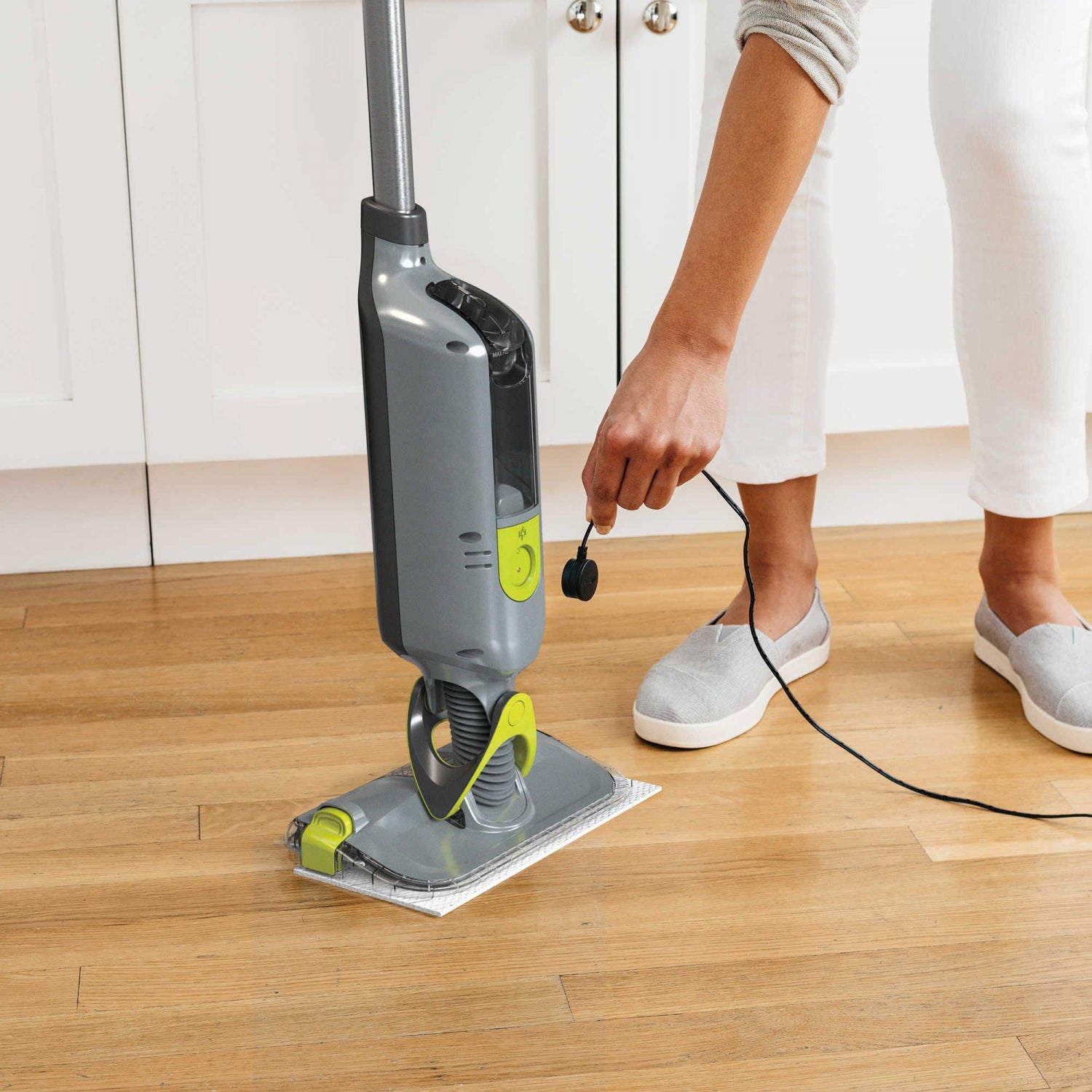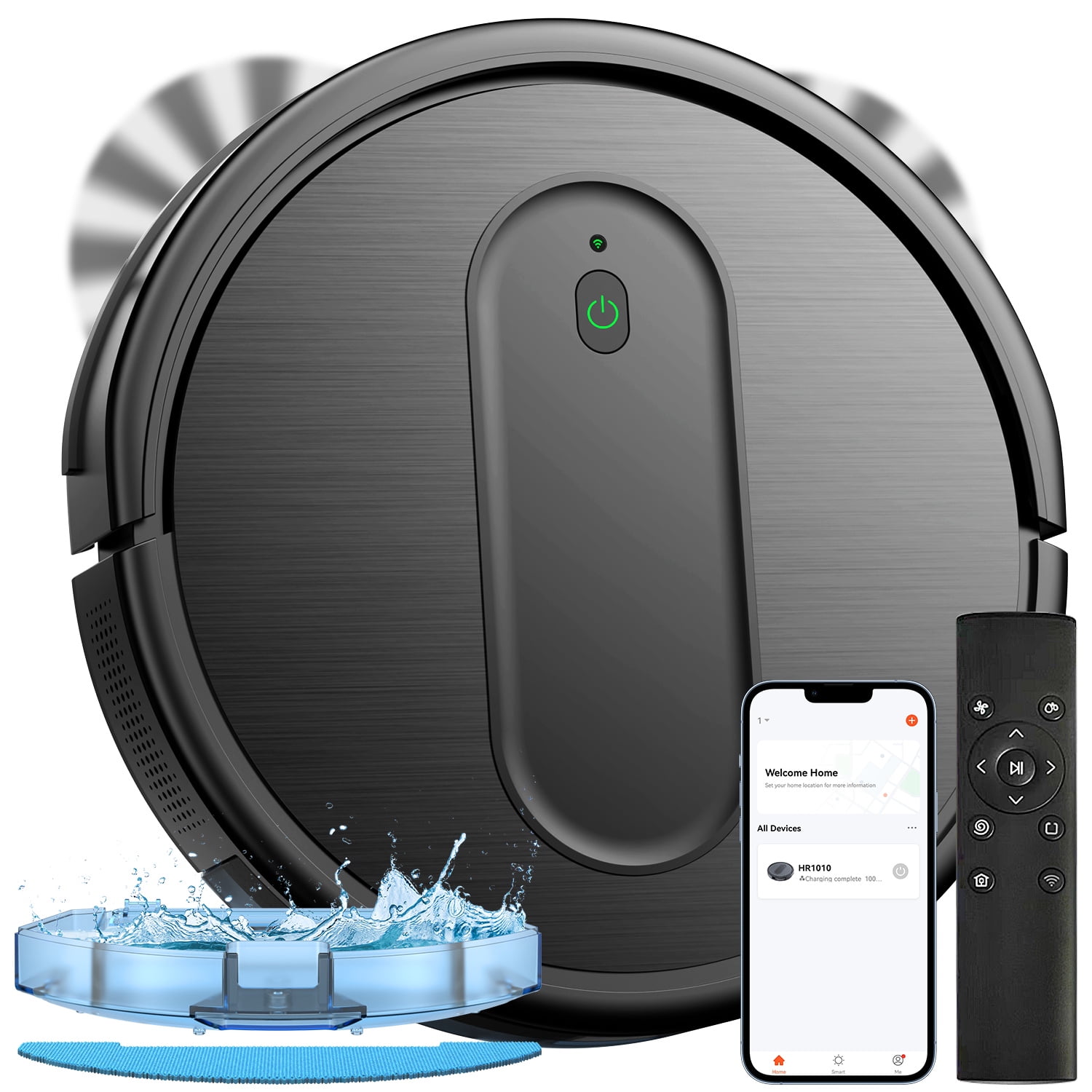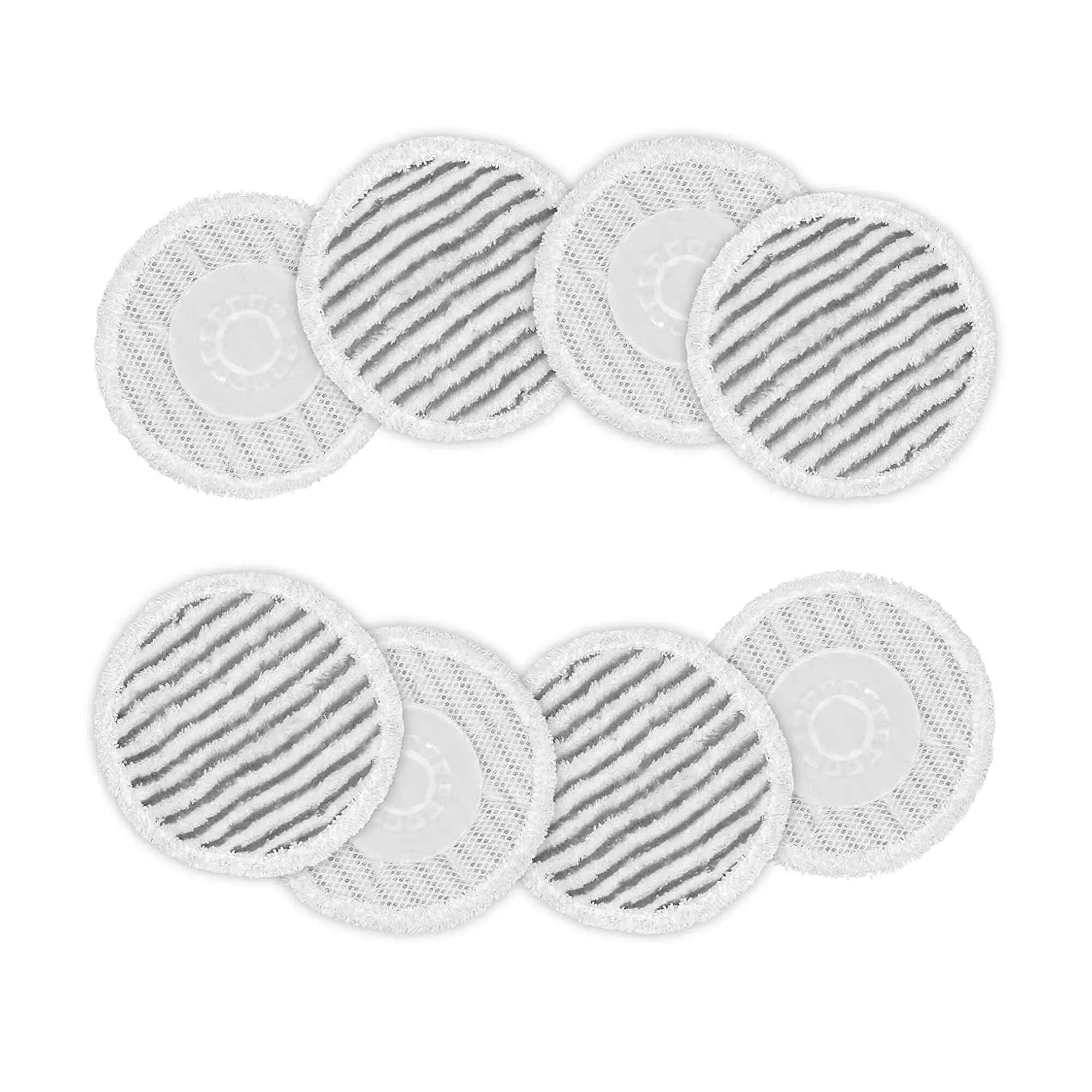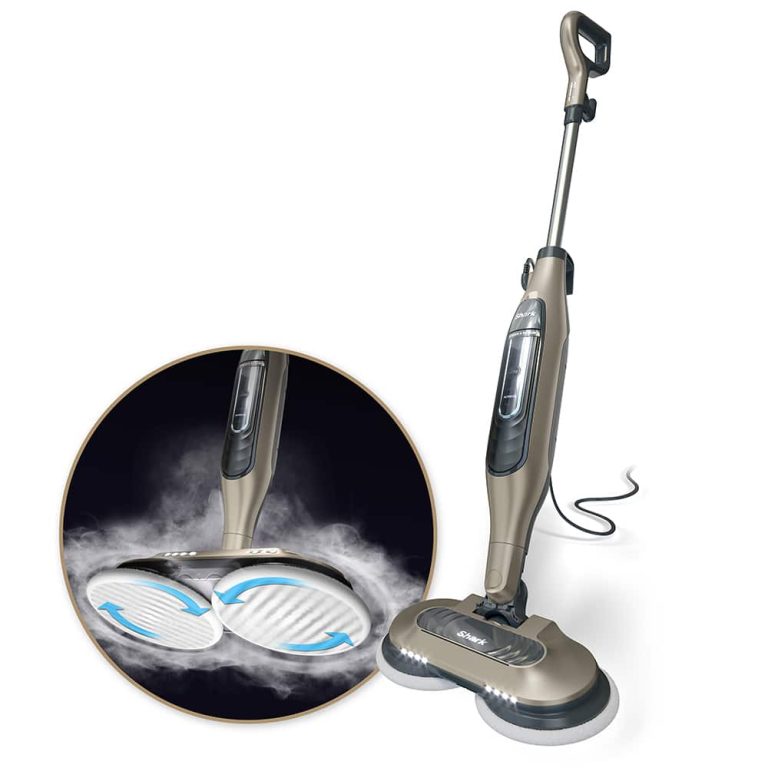

However, properly designed and tested AOA vanes are possible.ĭifferential pressure probes are a lot easier to setup for our hobby and significantly less fragile in transport though. Because of the Reynolds number, AOA vanes must be 3 to 5 times larger than scale and much further away from the fuselage to get outside of a relatively thicker boundary layer. You can use pitot tubes mounted at different angles and use differential ram air pressure to estimate the relative wind angle, but it requires some calibration (like in a wind tunnel) to be accurate.īobYes, you are 100% correct. These birds were MUCH larger than the AoA measurement vanes that would be scale for the aircraft and as I said, had to be mounted forward of the aircraft in order to make an accurate measurement. I worked on a NASA project a few years ago where that was done, but it required the use of "birds" basically like weather vanes, mounted on booms forward of the wing tips. Generally because of Reynolds number and boundary layer effects, measuring the angle of the relative wind (necessary for determining angle of attack) is really hard on an aircraft the size of our models. IAS is used to control the autothrottle system. Hence the usefullness of the ASSI board that can use AOA not only to display a data, but also to issue stall warnings. One is differential pressure based, the other one is AOA vane based.Īt the end of the day, AOA is really useful if included in a flight controller device.

We have specific aluminum AOA sensing differential probes working perfectly well and given proven results.įurthermore, we are coming with 2 new products designed spefically for this purpose as standalone boards ( simpler than the ASSI board ). Both are completely de-coupled.Īs Carsten says, we have been using AOA sensing in the ASSI for years now with great reliability. The angle of this axis towards the gravity direction is a pitch attitude. Furthemore, AOA refers to the angle of the airstream towards the airplane longitudinal reference axis. As soon as the plane flies ( horizontal velocity ) it will be biased as it will measure a component of the angle on that axis only. The angle meter sensor is sensing the gravity direction and outputs an angle to this. Not being an electronics guy I dont have a clue how this could be done, just the idea.

When you get to your optimum AoA it has a constant tone and when you exceed your programmed AoA it beeps at a higher pitch or rate to let you know you are too slow. As you slow down the AoA increases and the thing starts beeping at an increasing rate as AoA increases. It would a good tool to make your approach and landing safer just as like the real ones I have flown in the past. Then you hard tune that value into the telemetry sensor alarm to beep when you are at or above the selected value. Establish yourself in a configured gear, flaps final approach airspeed and see what the AoA is.
Shark mop vacuum install#
If one could install a single angle meter in your jet and hook it through the telemetry you could see the AoA of your jet on approach, or even better set telemetry alarms if you exceed your set AoA. Mount it in the plane parallel to the longitudinal axis to determine AoA. How about taking a Xicoy angle meter and conveting it to an AoA meter.

Ok I may be nuts but I have been thinking.


 0 kommentar(er)
0 kommentar(er)
